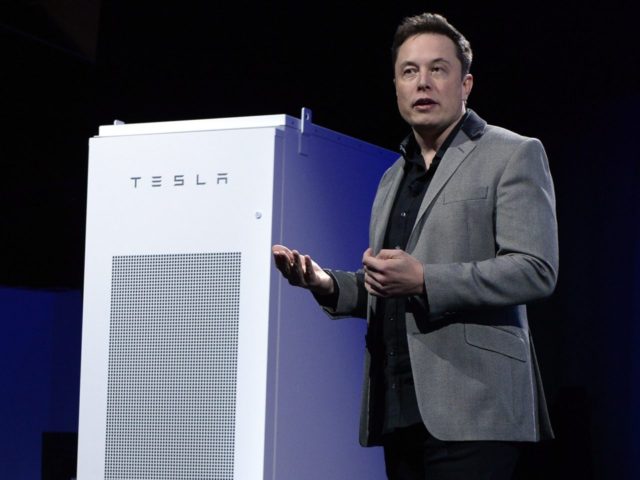This Elon Musk story just gets weirder and weirder.
On Sept. 1, a rocket made by SpaceX, the space exploration company he owns, blew up on the launch pad in Cape Canaveral, Fla. It was the second time in nine months one of Musk’s rocket projects blew up, but it wasn’t his engineers he questioned about the latest mistake. It was his biggest competitor.
Musk sent an employee to the offices of United Launch Alliance, which is near the launch facility in Cape Canaveral where the SpaceX rocket exploded, destroying a $205 million Facebook satellite it was paid $62 million to launch and delaying NASA commercial flights till 2018.
The man asked if he could look around a bit on the roof of one of the buildings on the United Launch Alliance campus. He wasn’t accusing anyone of anything; he was just trying to be thorough and explain the shadow, followed by a white flash, SpaceX analysts had noticed on the video.
This, of course, was no better than the second-craziest explanation Musk had entertained for the rocket’s failure. He also admitted he had “not ruled out” that UFOs could be involved.
Officials at United Launch Alliance, a joint effort between Lockheed Martin and Boeing, declined to let the SpaceX visitor onto the roof, but it did let Air Force investigators check it out, and they found nothing of note. It’s unclear whether Musk is satisfied with those findings.
He called the explosion the “most difficult and complex failure we have ever had in 14 years.” He later tweeted, “Particularly trying to understand the quieter bang sound a few seconds before the fireball goes off. May come from rocket or something else.”
Musk’s talk was all vague, and the visitor he sent to his leading competitor was, by all reports, cordial. The company continues to investigate the cause with help from the Air Force, NASA and the Federal Aviation Administration and now has focused on a problem with the helium system in one of the stages. The company still doesn’t understand why that system failed, Musk said at a meeting in Mexico last month.
But as the Post pointed out in its story, the visit constituted “an implication of sabotage.” Musk remains convinced the failures are not his or his company’s but the result of mysterious malevolent outside forces. Maybe it’s true. Maybe he’s the rare guy who is not paranoid enough. Because he has one point: a lot of things do seem to go wrong with his expensive ventures.
There’s the crash back in January, a $112 million mistake after which Musk said the rocket wasn’t destroyed, but the impact was sufficient to “destroy the primary airframe and accordion the engines.” The goal is to be able to recapture the rocket by having it land on a drone ship at sea and ultimately to reuse it. This was one that won’t be reused.
This reflects what has become a strange pattern with Musk. He uses other people’s money – in most cases, it comes from taxpayers – to fund highly risky ventures he doesn’t always fully understand. When those ventures run into problems, he responds by tying the failures to the extraterrestrial world … or at least to mysterious flashes on the roof of a building a mile away.
He keeps dreaming big, which is good. He says he can get us to Mars 10 years faster than NASA and tens of billions of dollars cheaper, although he admits he can’t get you home. “We put that in the fine print,” he says. “[But] if you’re going to choose a place to die, then Mars is not a bad choice.”
He said after the January accident that it only strengthened his resolve for more “experimentation” in 2016. His goal: a 70 percent success rate with his rockets. That’s a lot of expensive failure.
And the longer this goes on, the more dependent he is on Washington to fund his dreams. As of 2015, which is now two rocket crashes ago, his big three companies – SpaceX, SolarCity and Tesla, the automaker – had gone through nearly $5 billion in government money and were staying afloat almost entirely thanks to taxpayer support.
According to a recent SolarCity disclosure, SpaceX has about $900 million invested in SolarCity, and SolarCity and Tesla have millions invested in each other. And it’s all enhanced by $5.5 billion in federal grants for SpaceX and $4.9 billion in subsidies and tax credits for Tesla and SolarCity. “It’s a Ponzi scheme propped up by your tax dollars,” wrote one analyst in, of all places, Huffington Post.
No one wants to stop Elon Musk from dreaming. But the country is $19 trillion in debt, deficits are edging over the $1 trillion per year again, and he hasn’t demonstrated competence worthy of the investments. He can dream, but at this point, he needs to do it on his own nickel before things get any weirder.

COMMENTS
Please let us know if you're having issues with commenting.